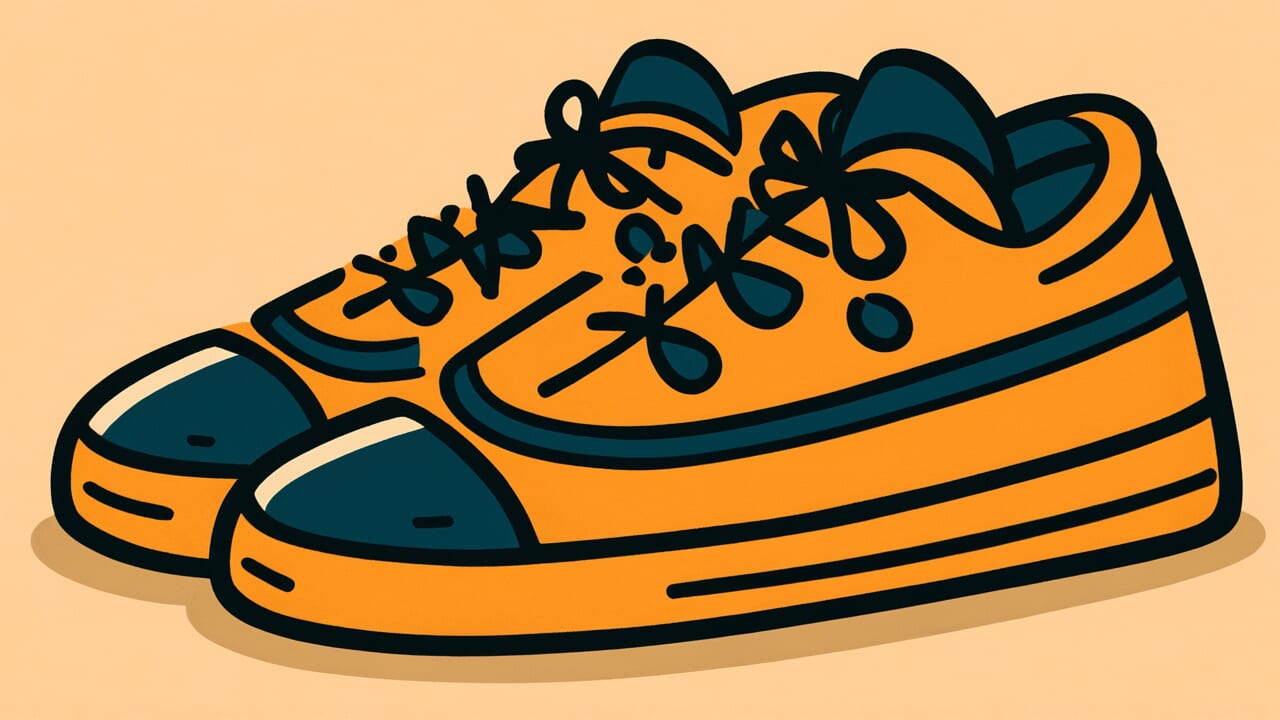How to Read “Even if shoes are new, do not make them a hat”
Kutsu atarashii to iedomo kanmuri to nasazu
Meaning of “Even if shoes are new, do not make them a hat”
This proverb expresses a strict view of social hierarchy. It means that people of lower status should not rise to high positions.
Just as you cannot wear shoes on your head as a hat, no matter how new and fine they are, people have roles that match their birth and upbringing. Going beyond these roles is not appropriate.
This saying was mainly used during times when social class systems existed. It taught the importance of knowing one’s place.
People used it to warn against rapid social climbing or acting above one’s station. To modern eyes, this idea may seem like an old value that limits individual potential.
However, historically this teaching was passed down for generations as a way to maintain social order.
Origin and Etymology
This proverb is believed to come from ancient Chinese classics. The expression uses two contrasting items, shoes and hats, reflecting Confucian ideas about social hierarchy.
In ancient China, a hat was a noble ornament worn on the head. It symbolized high status. Shoes, on the other hand, were practical items worn on the feet.
They touched the ground and occupied the lowest position. This vertical relationship symbolically represented the hierarchy of social classes.
The inclusion of the word “new” is interesting. Even if shoes are brand new and beautiful, you cannot wear them on your head as a hat.
This shows that good appearance or newness alone cannot change essential value or status.
The proverb likely came to Japan along with Confucian thought. During the Edo period, when the class system was firmly established, such teachings were widely accepted.
In an era when acting according to one’s status was emphasized, this proverb functioned as a lesson for maintaining social order. The structure of the phrase itself strongly impresses upon us the existence of unchangeable hierarchy.
Usage Examples
- Just as the saying “Even if shoes are new, do not make them a hat” teaches, he should know his place and act accordingly
- No matter how talented you were, it was an era when “Even if shoes are new, do not make them a hat” applied, and birth determined everything
Universal Wisdom
Behind this proverb’s long transmission lies a deep wish for order and stability in human society. From the experience that rapid change brings confusion, our ancestors valued the idea that each place has its own role.
However, what this proverb truly teaches may not be simply the fixation of social classes, but a deeper understanding of human nature. It is the truth that “arranging only the form does not change the essence.”
Just as placing shoes on your head does not make them a hat, if you only fix your appearance or title without matching ability or character, it means nothing.
Everyone yearns for a place higher than where they currently stand. That ambition is wonderful. But at the same time, there is also the danger of looking down on your current role or seeking only position without accompanying ability.
This proverb must have seen through such human nature.
Times have changed and class systems have disappeared. But the concept of “appropriateness” still remains. This may not be discrimination, but rather shows the importance of considering the balance between your ability and responsibility.
Our ancestors left this wisdom to future generations to build a stable society.
When AI Hears This
Physically, both shoes and hats are simply everyday items made of cloth or leather. However, in human society, shoes become a symbol of “something dirty” the moment they are placed “below.”
Hats become a symbol of “something sacred” the moment they are placed “above.” This difference in meaning does not arise from the essential nature of the materials. It is determined only by positional relationships on the vertical axis of the body.
Saussure, the founder of semiotics, explained that the meaning of words arises from differences with other words. For example, the color “red” is recognized as “red” only because there are differences from “blue” and “yellow.”
This proverb has the same structure. The opposing positions of head and feet give the same object opposite cultural values.
What is even more interesting is that the “vertical value gradient” shown by this proverb is common across many cultures. Heaven is noble and earth is base, upper seat and lower seat, promotion and demotion.
Because humanity evolved within the physical law of gravity, the spatial arrangement of up and down itself became a basic code for value judgments. In other words, part of our morality and aesthetics is automatically generated from the simple system of positional relationships where the body is placed in space.
Lessons for Today
This proverb teaches us modern people an important lesson about “the balance between ability and responsibility.” Class systems are things of the past, but the danger of seeking positions or roles beyond your abilities still exists today.
What matters is accumulating experience where you are now and building solid ability. If you only arrange your title or appearance without matching substance, you will eventually face difficulties.
If there is a height you aim for, first firmly establish your footing.
At the same time, this proverb also teaches us to “value who we are now.” There is no need to rush by comparing yourself to others.
Shoes have their role, and hats have theirs. Each has an important function. The role you are playing now also has irreplaceable value.
In modern society, the possibility is open for anyone to grow through effort. If we reinterpret the essence of this proverb as “a warning against leaps without preparation,” we can see the importance of moving forward while steadily building strength.



Comments